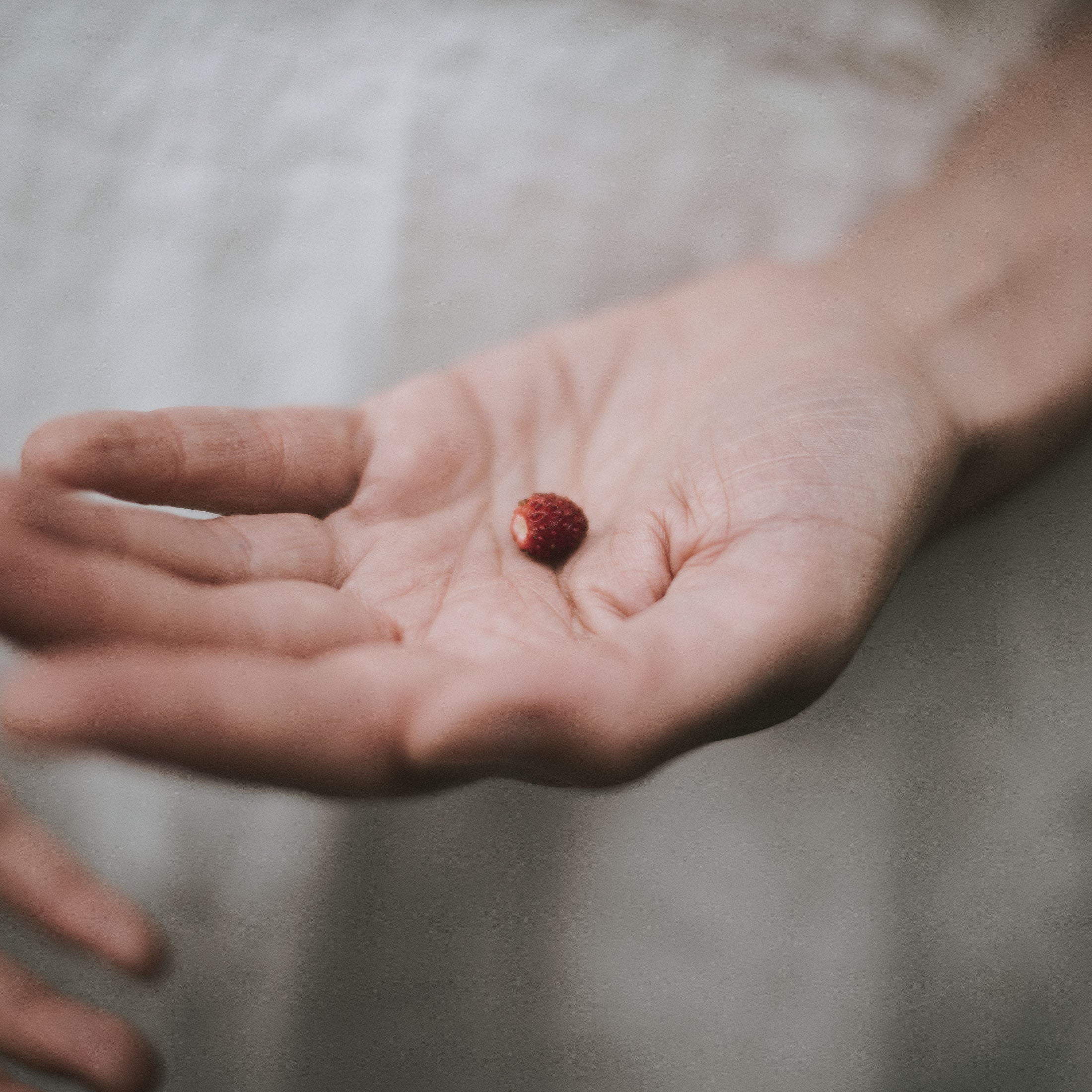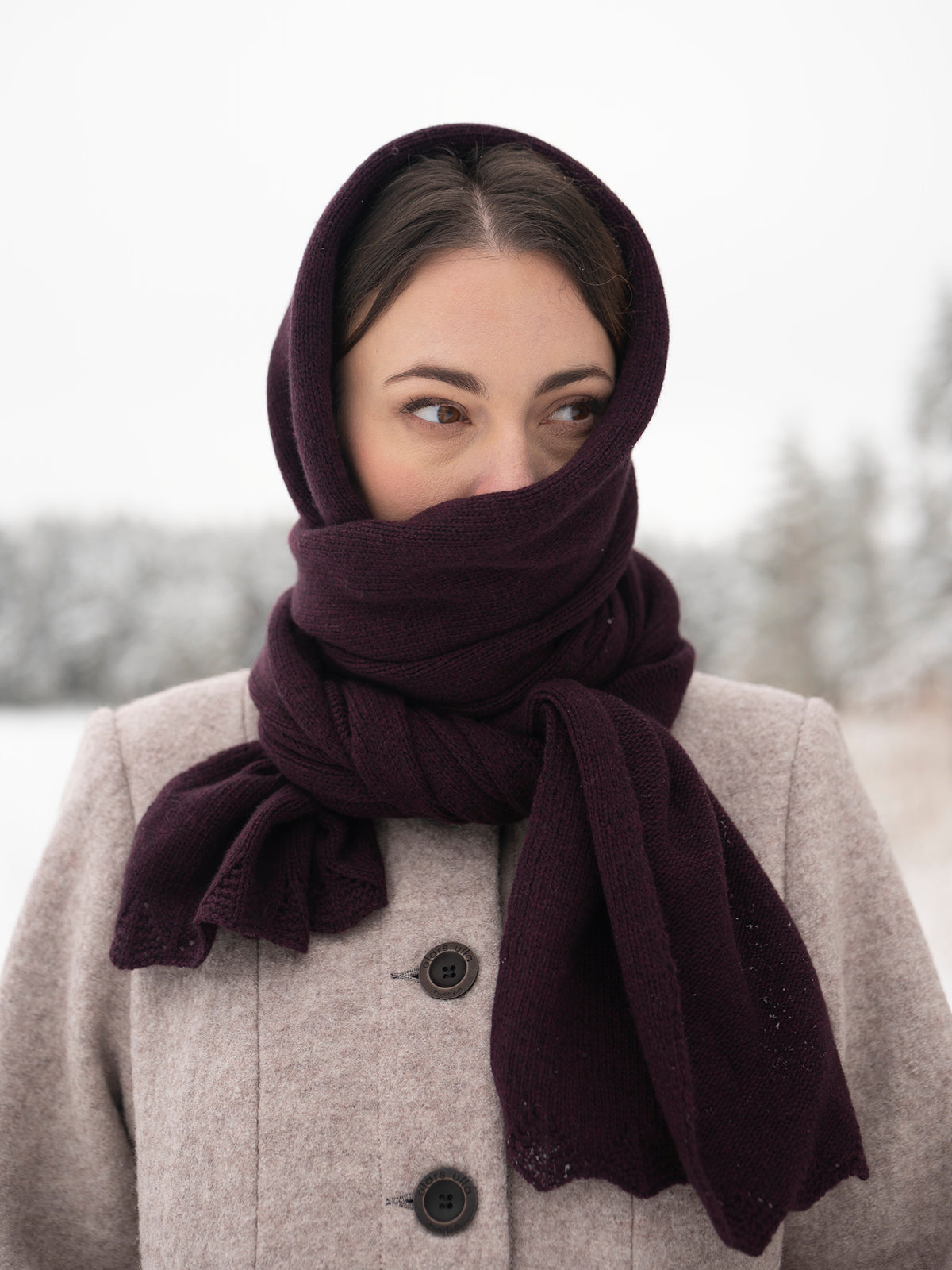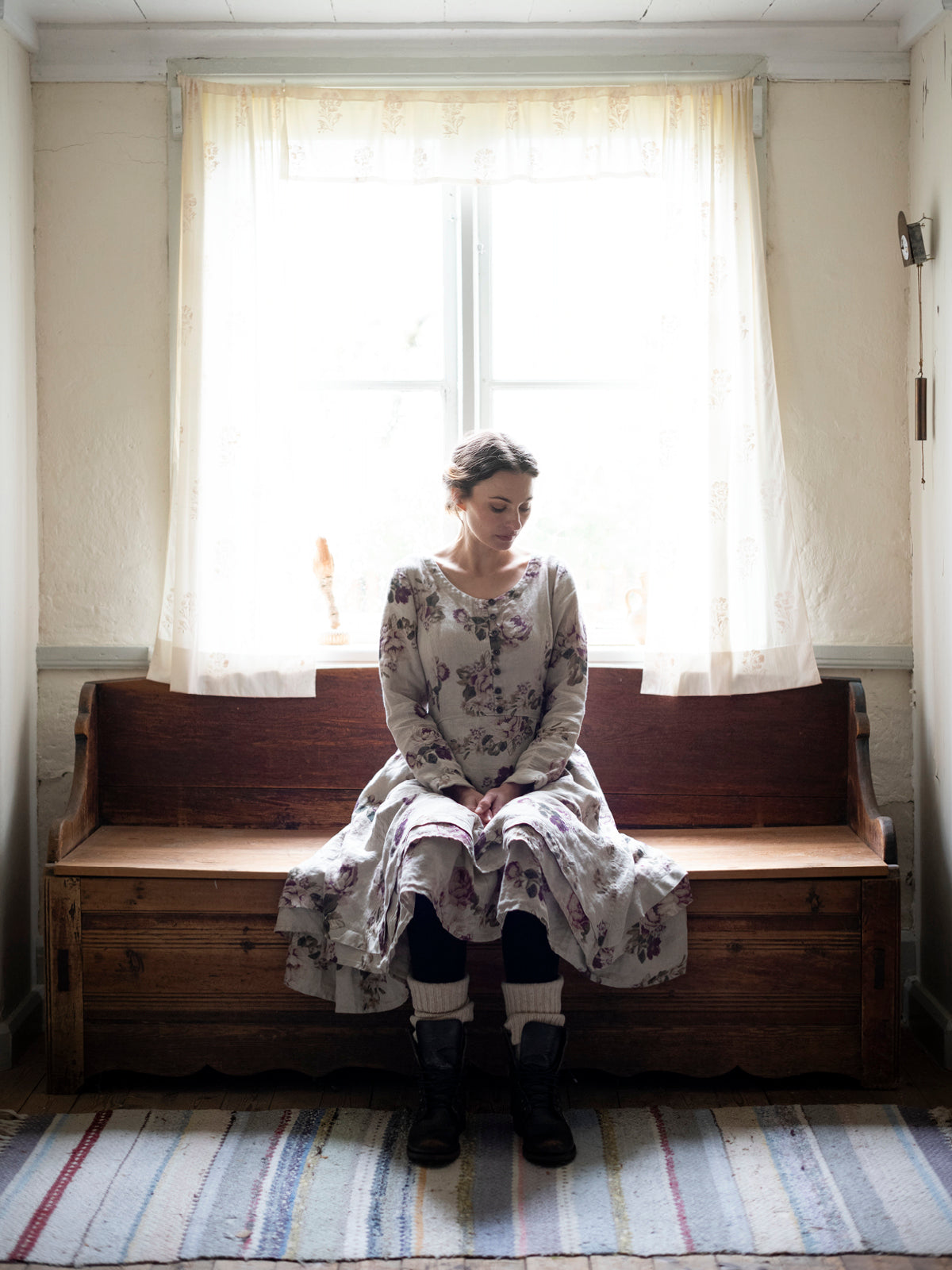
sustainable fashion from nature
The world is, as everyone knows, facing a major climate threat. A major culprit in this drama is the fashion industry, which is both resource-intensive and a source of greenhouse gas emissions and pollution. We at Olars Ulla take the environmental issue very seriously. We want to take our responsibility and minimize our impact on the environment. Let's tell you a little about what we have done.
79 billion cubic meters of water were used in the global textile and clothing industry in 2015. This compares to the needs of the entire EU economy, which amounted to 266 billion cubic meters in 2017.
Olars Ulla wants to produce fashion in materials that require less water during production. A conscious choice we have made is to use a lot of flax. Flax is a very durable plant that is not so dependent on artificial irrigation and requires less chemicals during cultivation. This is because flax grows in colder and rainier climates and is not as exposed and sensitive to insect pests.
Textile production is estimated to account for around 20% of global fresh water pollution from dyeing and finishing. Washing synthetic clothing is estimated to account for 35% of primary microplastics released into the environment, and a single wash of polyester clothing can release 700,000 microplastic fibers that can then enter the food chain.
Olars Ulla has, since we became aware of this, minimized the range of polyester and polyacrylic fabrics in our collections. We prefer to use natural or regenerated fibers (from forests, for example viscose) instead of synthetic fibers, as synthetic fibers are plastics that are difficult to degrade and it can take many hundreds of years before they disappear. While a natural or regenerated fiber can degrade in a few years.
The fashion industry's production of clothing and footwear is estimated to be responsible for 10% of global greenhouse gas emissions. Since 1996, the number of clothes and footwear purchased in the EU has increased by 40%
The most important measure to reduce the environmental impact of textile consumption is to extend the lifespan of textile products that are already manufactured. By doubling the lifespan of a garment, the climate impact and water use are reduced by almost 50%. At Olars Ulla, we make timeless clothes in durable materials that can be worn for a long time and that do not need to be replaced due to trends. If you get tired of the garment, it can be donated/sold on.
We also constantly work to consume the resources we have produced. Fabrics left over from production at the factories are inventoried and incorporated into future collections where they fit in.
We want you who care about our planet to be able to wear Olars Ulla with a clear conscience.

MANUFACTURING
Olars Ulla uses largely natural materials. Materials that have less impact on nature during production.
The entire autumn & winter collection 25-26 is sewn in the EU. These EU countries are all members of the ILO (International Labour Organization), whose goal is to promote social justice and humane working conditions as a prerequisite for peace between and within nations, against child labor and human trafficking.
The wool in our knitted wool garments is made of fine merino wool. The wool fibers are measured in microns. In order for the wool not to feel tacky, the value should be below 23 microns. Our wool measures 19.5 microns. All wool tends to pill, especially in areas exposed to friction, such as under the arms. The advantage of wool pills is that they are easily removed without affecting the quality of the garment.
In the AW 25-26 collection, all coats and knitted wool garments are made of 100% mulesing-free wool. Mulesing, which can occur during wool production, is a procedure that involves the scalping of sheep to prevent infestations by pests. The method is cruel to animals and is often done without anesthesia. In addition, the lining in the coats in the collection is of sustainable quality. The viscose is produced using a method that prevents deforestation, preserves biodiversity and protects human rights, and the cotton is organic.
Our linen comes from raw materials that are grown, woven, treated and dyed in Europe. For each collection, we also design at least one of our own fabric patterns that we print on the linen in Europe. The garments are then also sewn in Europe.
WASHING
Olars Ulla's garments are washed after production. This applies to materials that are normally machine-washed at home, such as linen, viscose and similar (not wool). This means that you get garments that keep their fit and do not shrink after you wash them. At Olars Ulla you will find favorites that last over time!



